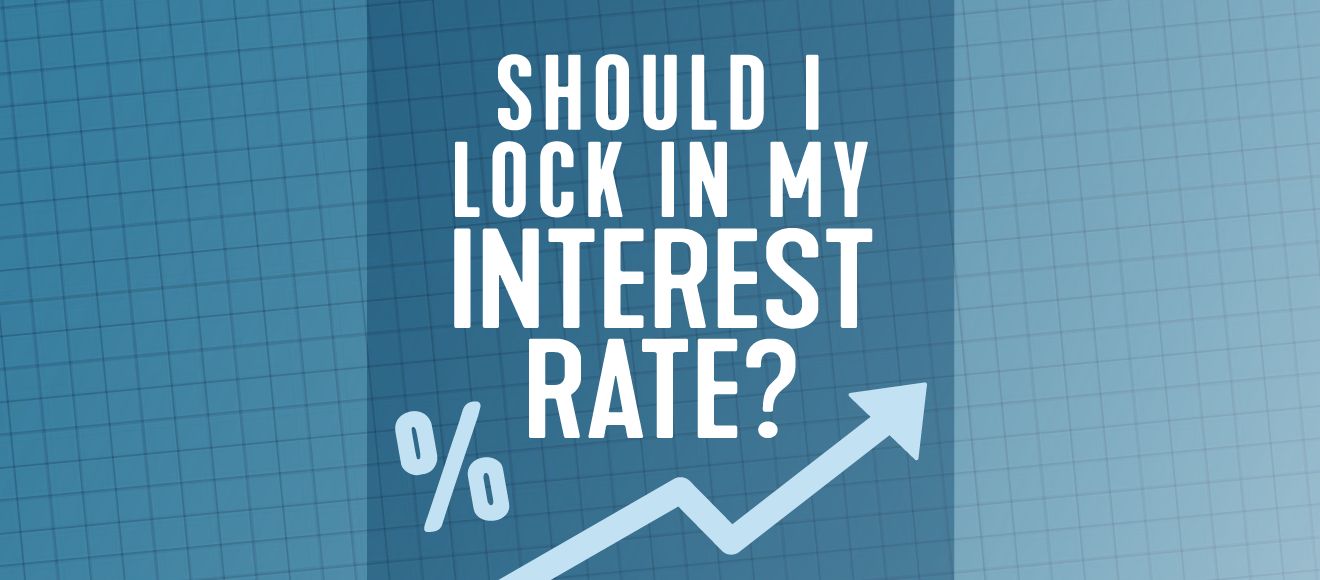
When planning a home build in a volatile financial market, you are generally not pondering Shakespeare’s question of “to be, or not to be.” You are more likely wondering whether you should lock in your mortgage interest rate. To lock, or not to lock? That really is the question….
Most interest rates you see online or in lender ads are for a 30 or 60-day rate lock. If you are building a home that could take 6 to 8 months, or more, from start to finish, quotes for rate locks of 30-60 days are pretty worthless. But there is a solution – extended lock programs!
Extended lock programs allow home buyers to lock an interest rate for 90 days up to 1 year. Not all lenders offer extended lock programs, and those who do have pretty varied guidelines. Here are some general rules of thumb to help you navigate and determine if this is a good option for you.
1. Length of the rate lock determines the rate. The longer the lock you need generally results in a higher rate. If you need a 9-month lock, for example, don’t assume the lender can give you today’s 30-day rate for free. Locks that are longer than the standard 30-60 days will either be at a slightly higher rate or require you to pay points, and some lenders do both.
2. When should I lock? You first must understand that when you lock a rate, you are assuming the risk if you don’t settle on the new home within the lock period, not your builder. Therefore, you’ll want to have a reasonable buffer in your rate lock period to cover delays, such as those related to weather. In my opinion, having locked many, many Schell buyers on extended lock programs, I find it helpful to at least have a solid construction start date before locking. You can lock sooner; but it is easier to gauge once you know when construction is starting. I always check in with your construction manager, just to get an idea of the current timeline before we pull the lever on a rate lock. I also build in a minimum additional 30-day buffer. Again, you assume any risk when you lock, so locking longer than you think you need really is wise. You can rate lock any time after signing your purchase agreement up to 10 days prior to closing. You can check in with me and my team as often as you’d like during the build to discuss options.
3. What does it cost to lock? Different lenders have different program guidelines, so ask questions. There is generally a refundable lock deposit, like a security deposit, to hold the rate which is fully refunded at your closing. Additionally, some lenders charge points and fees whereas others do not.
4. If rates go down before closing, can I lower my rate if I locked? Again, it depends on the lender’s program guidelines; but most extended lock programs have a one-time float-down option that can be utilized within the 30-60 days prior to closing.
5. I am not sure what to do – should I lock? This is usually the hardest question for any buyer. It is so easy to second guess yourself. I generally counsel people by asking these questions:
- What is your tolerance for the unknown?
- Will you drive yourself crazy worrying for the next several months during the build if you are not rate locked?
- Do you generally pay attention to the financial markets?
- If rates go up or down a bit during your build, can you still qualify?
- Are you more comfortable locking in at a higher rate now so you can have the peace of mind?
The answers to these questions will give you clarity on what you should do. The main thing to remember is not to feel pressured. Call me and my team anytime and we can take you through your unique situation and help you make the best decision.
Lynn Cattafi, Waterstone Mortgage: 302.228.2627 lcattafi@waterstonemortgage.com
